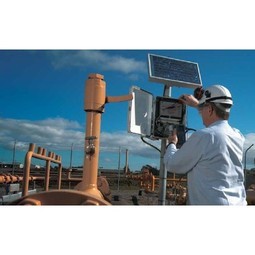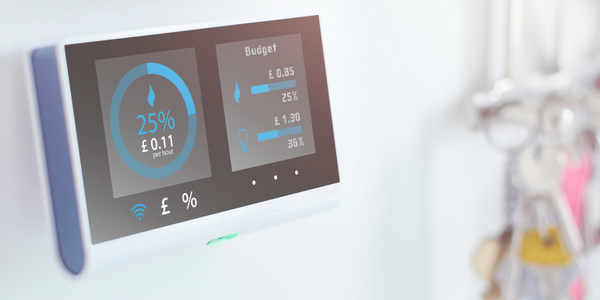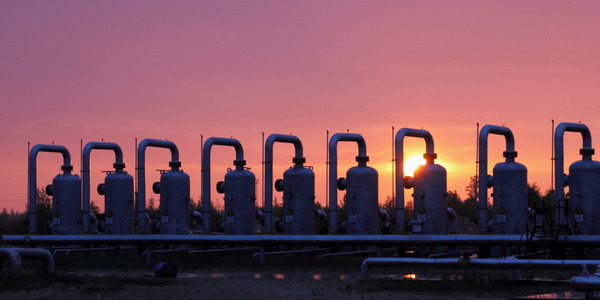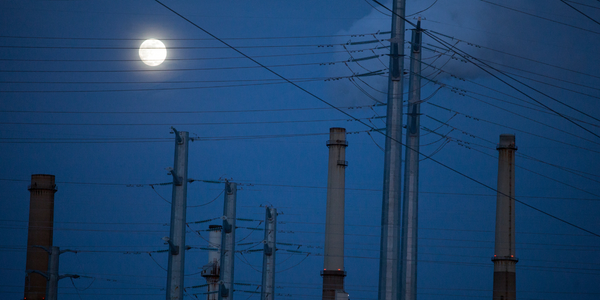技术
- 应用基础设施与中间件 - 数据库管理和存储
- 传感器 - 电表
适用行业
- 电网
- 公用事业
用例
- 人员跟踪与监控
- 时间敏感网络
服务
- 系统集成
关于客户
Stem是一家智能能源科技公司,利用人工智能软件帮助企业优化其能源资产。该公司在能源最有价值时释放能源,帮助企业最大限度地利用清洁能源资产节省成本。 Stem 使用 Signal(Arc 产品套件的一部分)来计算和优化这些节省并寻求新的商机。该公司需要准确计算客户的费率,这个过程涉及优化多种公用事业费率的成本。这需要在同一电价的不同小时能源成本之间进行权衡,这一过程最初是手动完成的,而且非常耗时。
挑战
Stem 是一家能源技术和服务公司,正在努力应对向客户提供准确的关税数据的挑战。该公司需要优化多种类型公用事业电价的成本,这一过程涉及平衡同一电价的不同每小时能源成本之间的权衡。 Stem 的团队一直使用电子表格手动分析这些数据,这一过程需要更新约 60 家公用事业公司的约 120 个关税,最多需要 8 个工作日。由于公用事业公司更新费率的时间表不同,Stem 必须全年掌握所有这些更新,这项任务消耗了大量员工的时间和精力。分析过程涉及多个团队,一旦出现错误就必须重做,进一步增加了复杂性和时间消耗。
解决方案
Stem 在 Signal 中找到了解决方案,这是 Arc 套件的产品,它提供了世界上最全面的关税费率数据库和计算引擎。 Signal 提供了一个始终更新的关税模型数据库,Stem 可以立即访问该数据库。它提供了一个简单的 API,Stem 可以在每个实用程序中统一使用该 API。该 API 允许 Stem 只需单击一个按钮即可对单个关税执行复杂的计算,从而使 Stem 能够通过单个界面立即评估所有新市场。通过访问 Signal 的准确费率,Stem 员工不再需要花费数小时手动更新和检查费率。他们现在只需调用几次 API 即可运行资产成本计算,从而节省时间并提高准确性。 Arcadia 的团队为 Stem 提供了强大的支持,特别是在 API 集成故障排除和围绕 API 数据构建 UI 方面。
运营影响
数量效益

Case Study missing?
Start adding your own!
Register with your work email and create a new case study profile for your business.
相关案例.

Case Study
IoT Solutions for Smart City | Internet of Things Case Study
There were several challenges faced: It is challenging to build an appliance that can withstand a wide range of voltage fluctuations from as low at 90v to as high as 320v. Since the device would be installed in remote locations, its resilience was of paramount importance. The device would have to deal with poor network coverage and have the ability to store and re-transmit data if networks were not available, which is often the case in rural India. The device could store up to 30 days of data.

Case Study
Automation of the Oguz-Gabala-Baku water pipeline, Azerbaijan
The Oguz-Gabala-Baku water pipeline project dates back to plans from the 1970’s. Baku’s growth was historically driven by the booming oil industry and required the import of drinking water from outside of the city. Before the construction of the pipeline, some 60 percent of the city’s households received water for only a few hours daily. After completion of the project, 75 percent of the two million Baku residents are now served around the clock with potable water, based on World Health Organization (WHO) standards. The 262-kilometer pipeline requires no pumping station, but uses the altitude differences between the Caucasian mountains and the capital to supply 432,000 m³/d to the Ceyranbatan water reservoir. To the people of Baku, the pipeline is “the most important project not only in 2010, but of the last 20 years.”

Case Study
GPRS Mobile Network for Smart Metering
Around the world, the electricity supply industry is turning to ‘smart’ meters to lower costs, reduce emissions and improve the management of customer supplies. Smart meters collect detailed consumption information and using this feedback consumers can better understand their energy usage which in turn enables them to modify their consumption to save money and help to cut carbon emissions. A smart meter can be defined in many ways, but generally includes an element of two-way communication between the household meter and the utility provider to efficiently collect detailed energy usage data. Some implementations include consumer feedback beyond the energy bill to include online web data, SMS text messages or an information display in consumers’ premises. Providing a cost-effective, reliable communications mechanism is one of the most challenging aspects of a smart meter implementation. In New Zealand, the utilities have embraced smart metering and designed cost effective ways for it to be implemented. The New Zealand government has encouraged such a move to smart metering by ensuring the energy legislation is consistent with the delivery of benefits to the consumer while allowing innovation in this area. On the ground, AMS is a leader in the deployment of smart metering and associated services. Several of New Zealand’s energy retailers were looking for smart metering services for their residential and small business customers which will eventually account for over 500,000 meters when the multi-year national deployment program is concluded. To respond to these requirements, AMS needed to put together a solution that included data communications between each meter and the central data collection point and the solution proposed by Vodafone satisfied that requirement.

Case Study
NB-IoT connected smart meters to improve gas metering in Shenzhen
Shenzhen Gas has a large fleet of existing gas meters, which are installed in a variety of hard to reach locations, such as indoors and underground, meaning that existing communications networks have struggled to maintain connectivity with all meters. The meter success rate is low, data transmissions are so far unstable and power consumption is too high. Against this background, Shenzhen Gas, China Telecom, Huawei, and Goldcard have jointly trialed NB-IoT gas meters to try and solve some of the challenges that the industry faces with today’s smart gas meters.

Case Study
British Gas Modernizes its Operations with Innovative Smart Metering Deployment
The UK government has mandated that smart meters are rolled out as standard across Great Britain by end of 2020, and this roll-out is estimated to create £14 billion in net benefits to the UK in consumer energy savings and lower energy generation demand, according to the Oxford Economics report, “The Value of Smart Metering to Great Britain.” While smart-metering systems have been deployed in many countries, the roll-out in Great Britain is unique because it is led by energy retailers, who have responsibility for the Electricity and Gas meters. The decision to have a retailer-led roll out was made by DECC (Department of Energy and Climate Change) to improve customer experience and drive consumer benefits. It has also led to some unique system-level requirements to support the unique local regulatory model.

Case Study
OneWireless Enabled Performance Guarantee Test
Tata Power's power generation equipment OEMs (M/s BHEL) is required to provide all of the instrumentation and measurement devices for conducting performance guarantee and performance evaluation tests. M/s BHEL faced a number of specific challenges in conducting PG tests: employing high-accuracy digital communications for instrumentation, shortening setup and dismantling time, reducing hardware required, making portable instrument setup, avoiding temporary cabling work and the material waste costs







